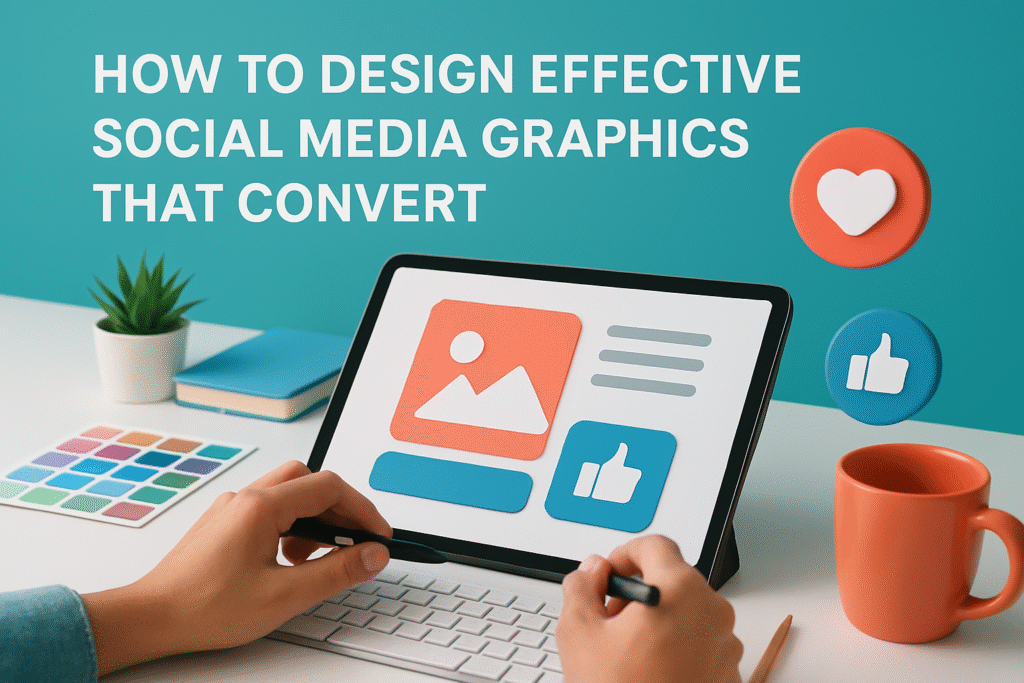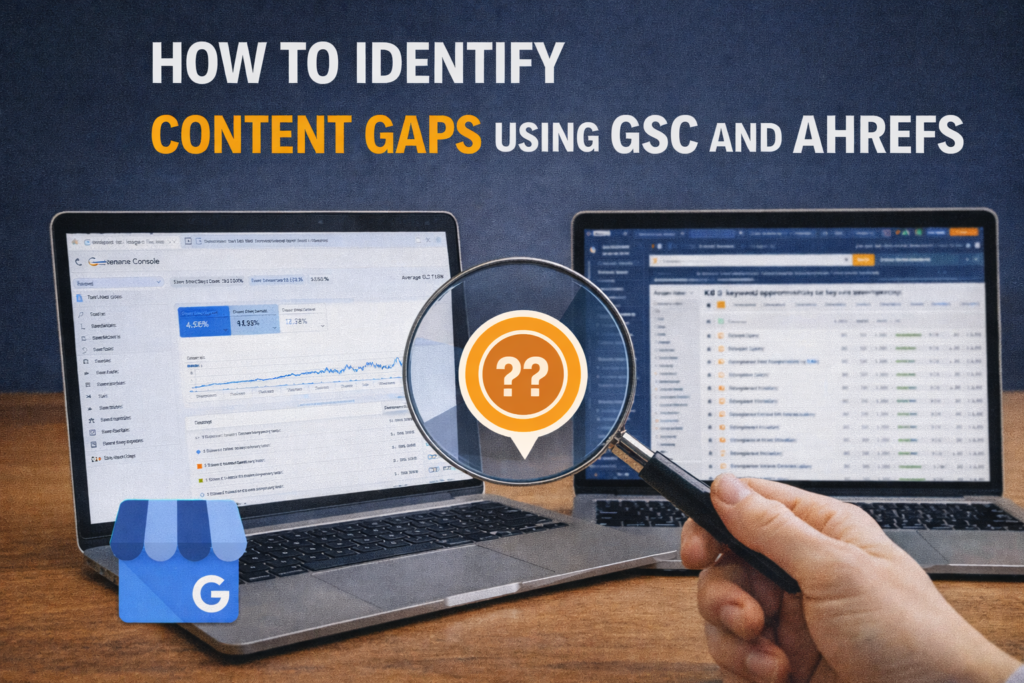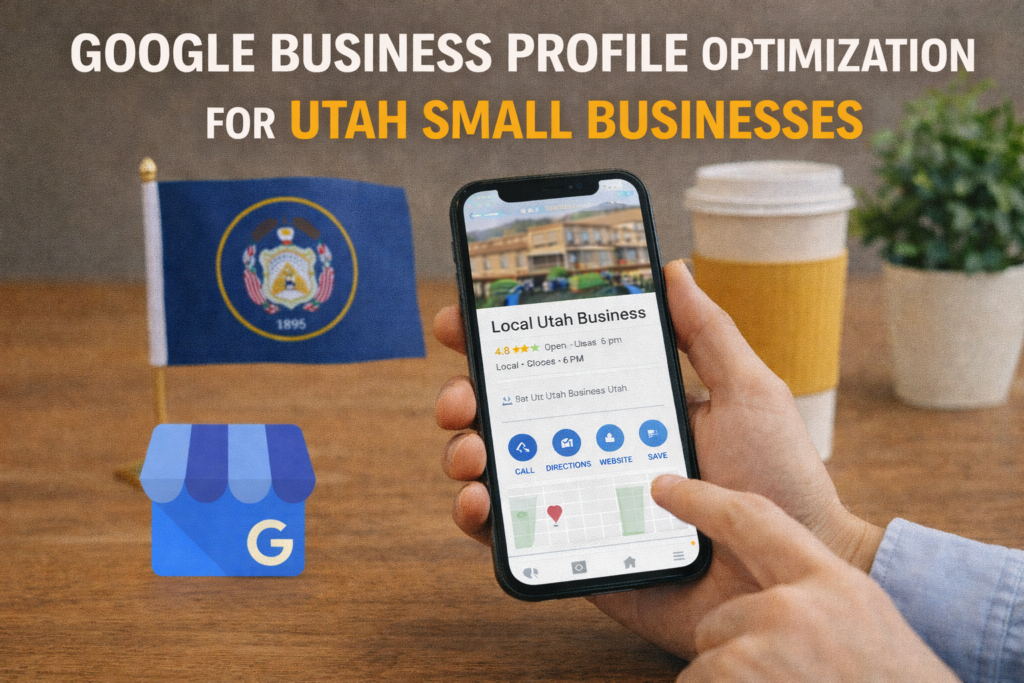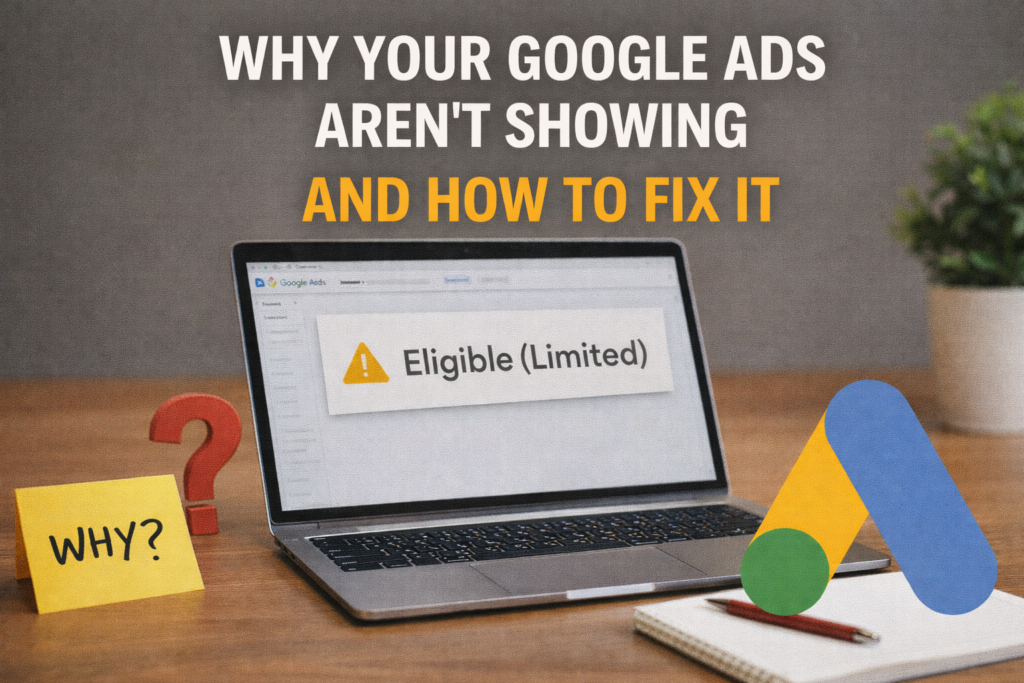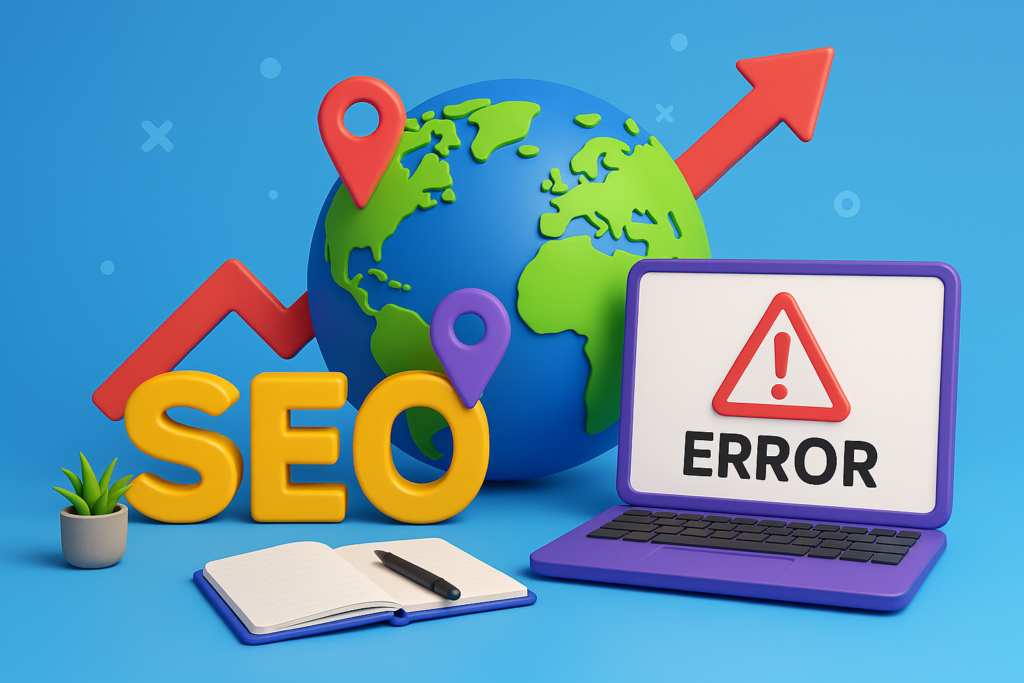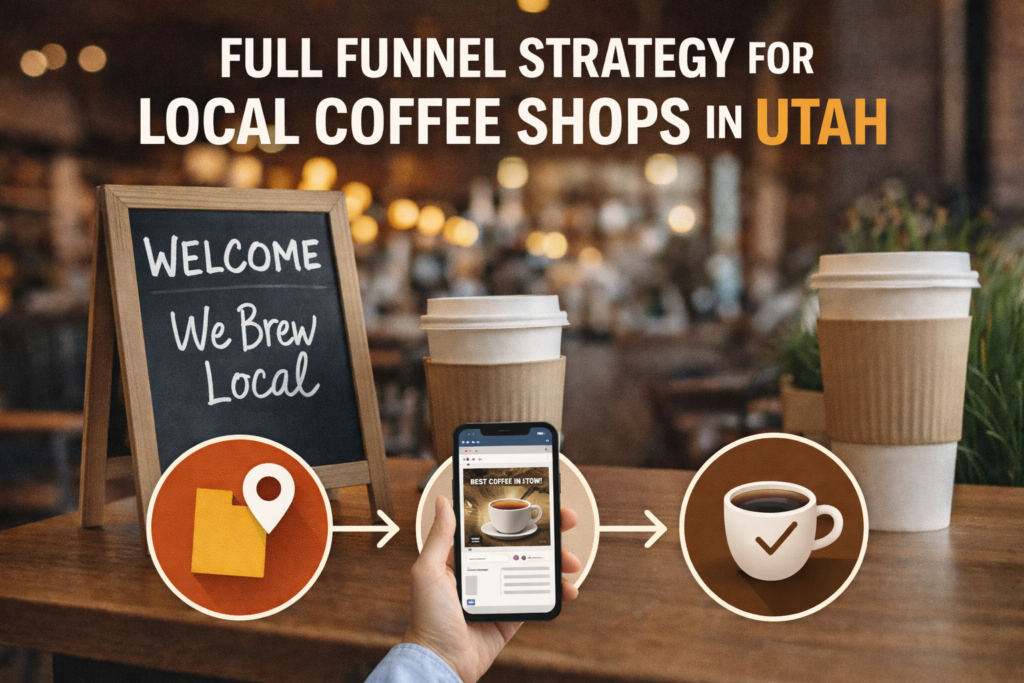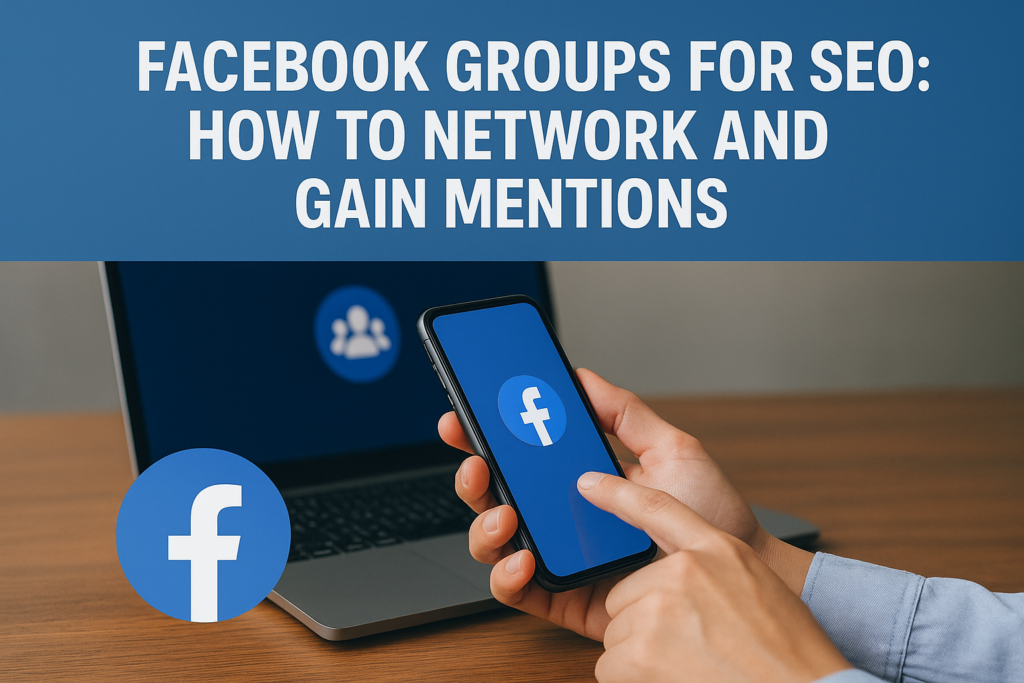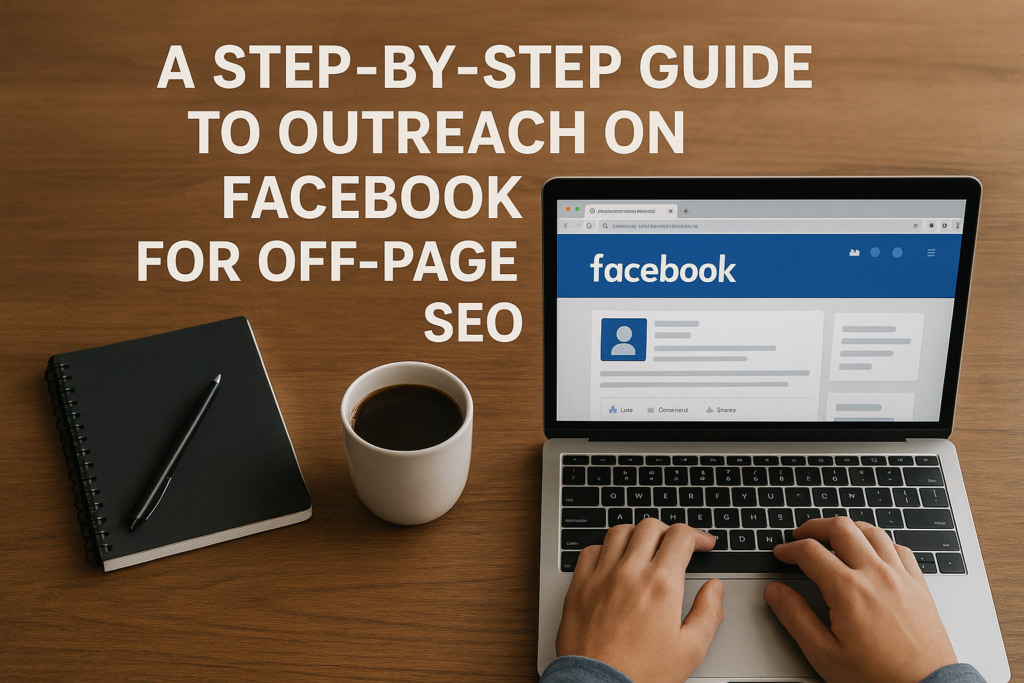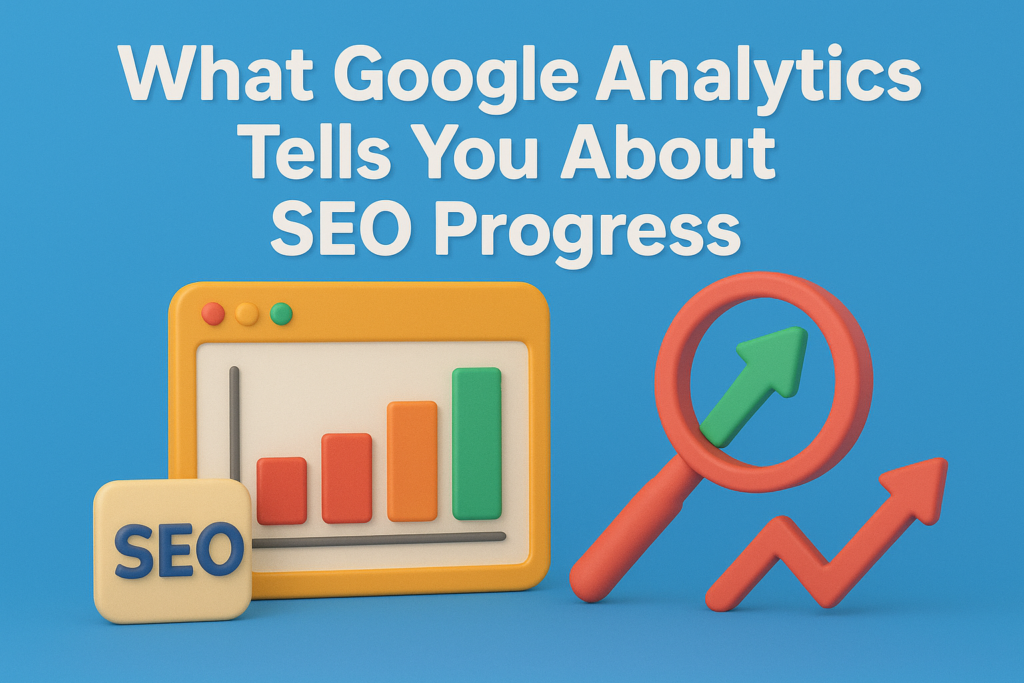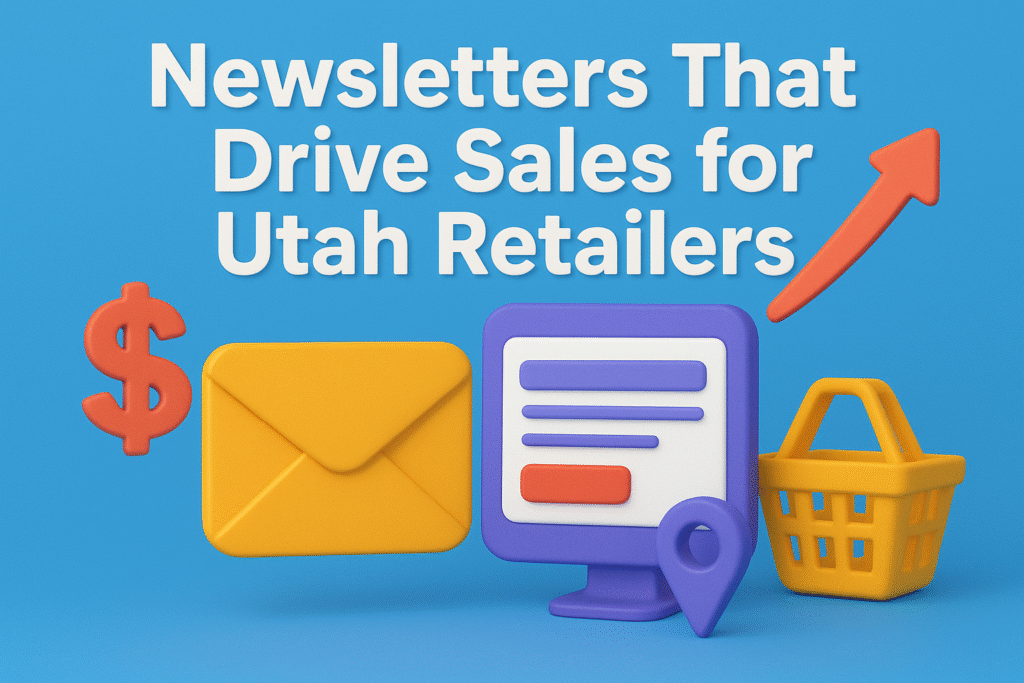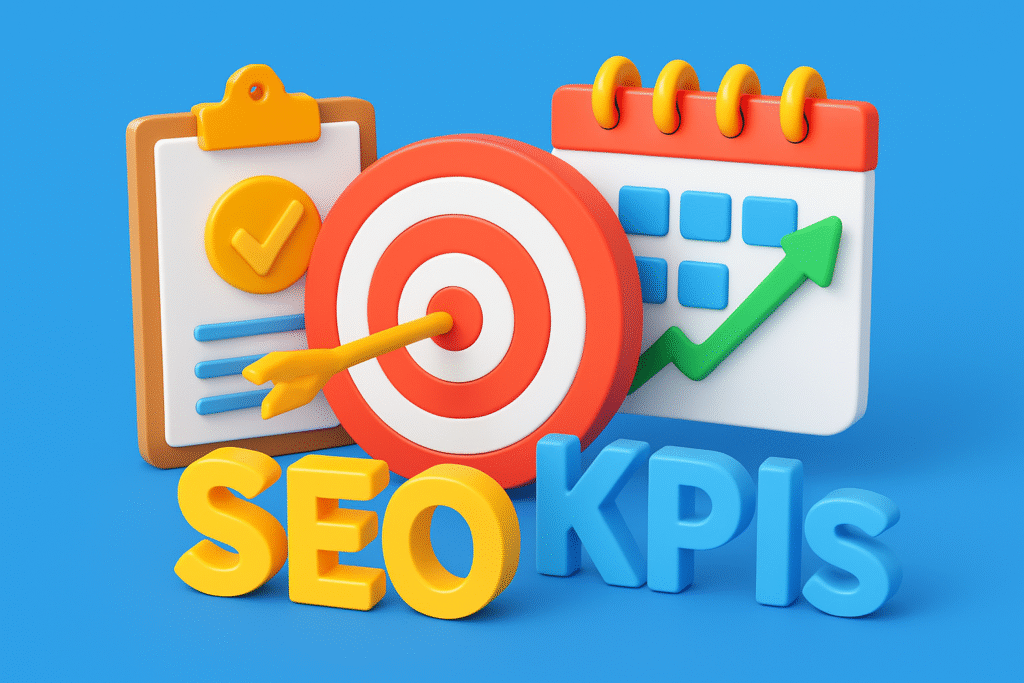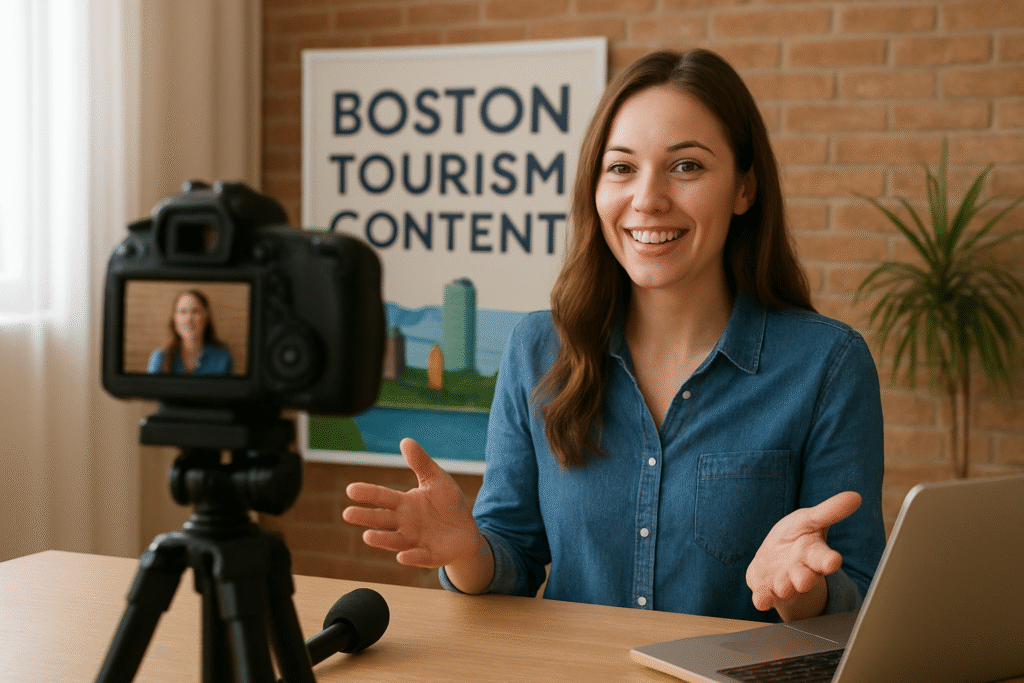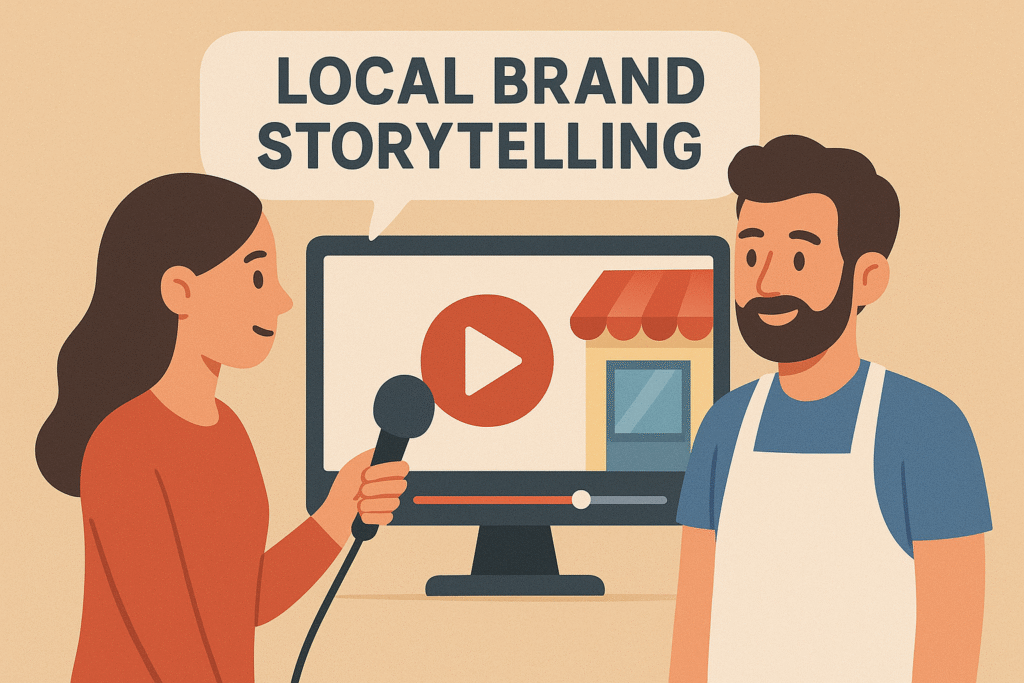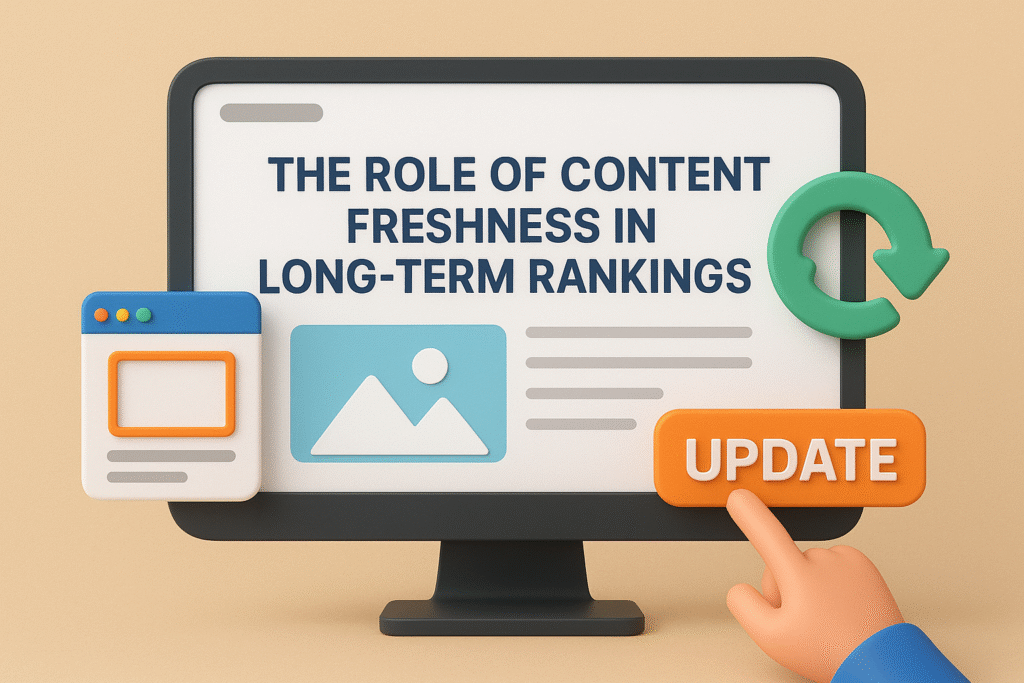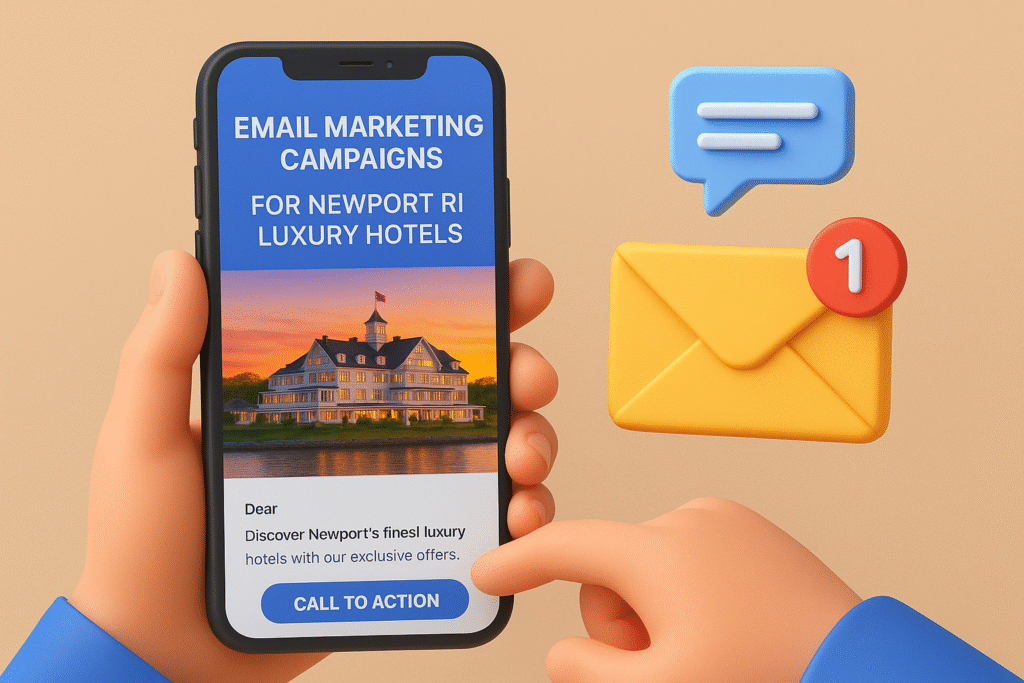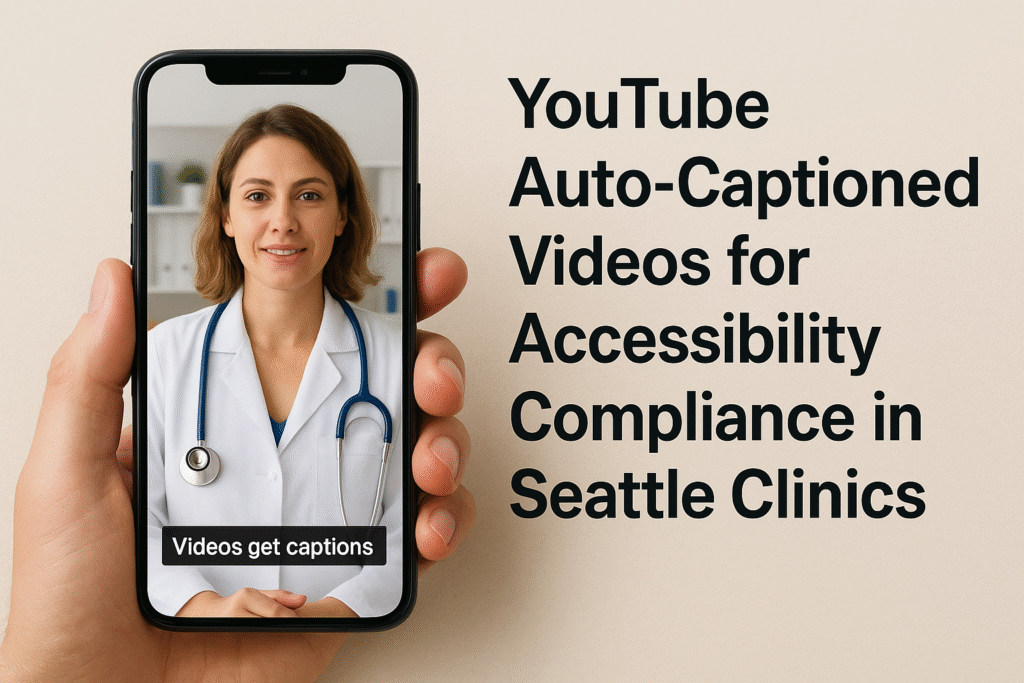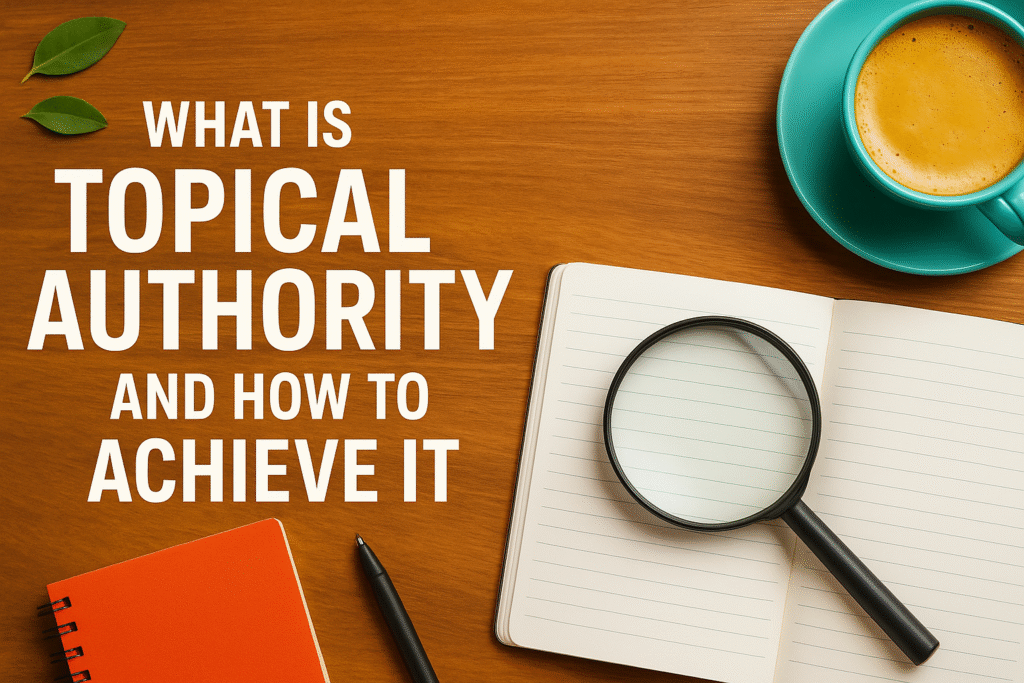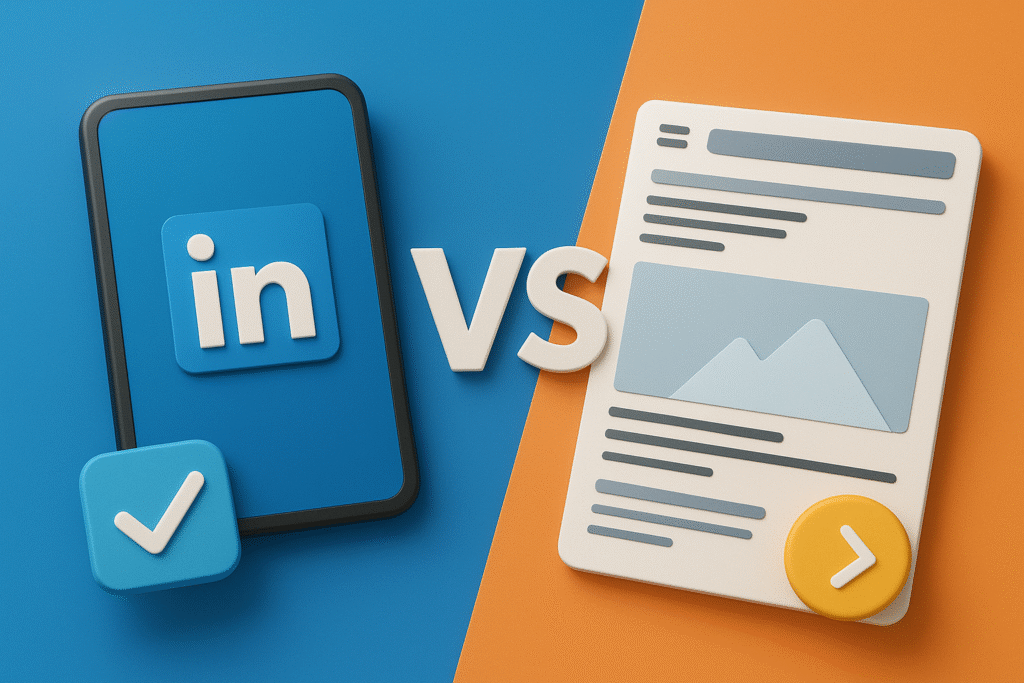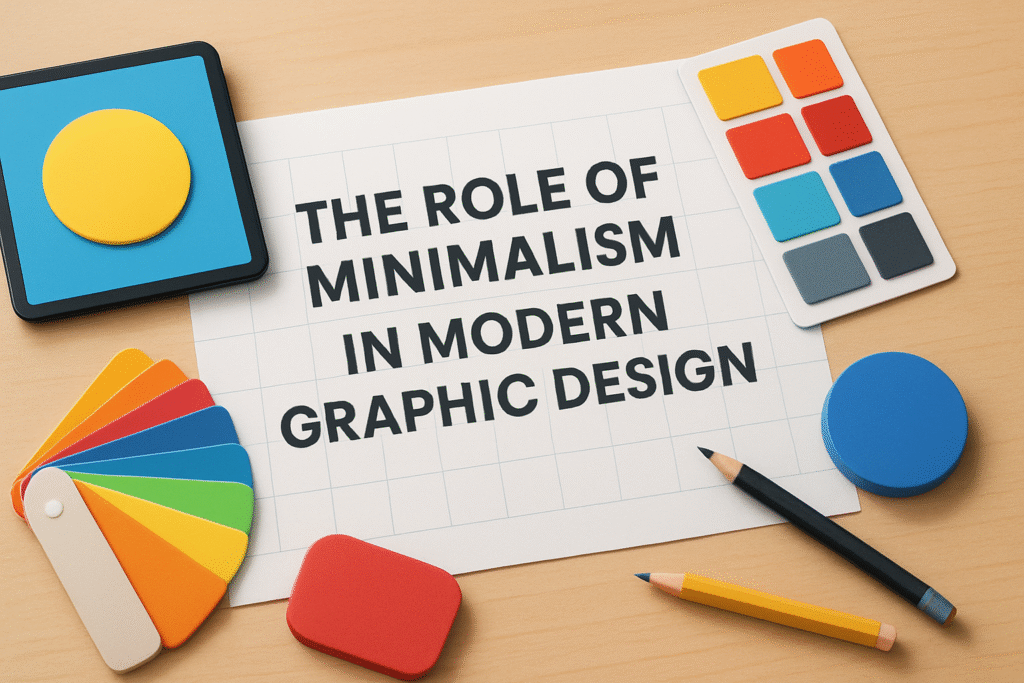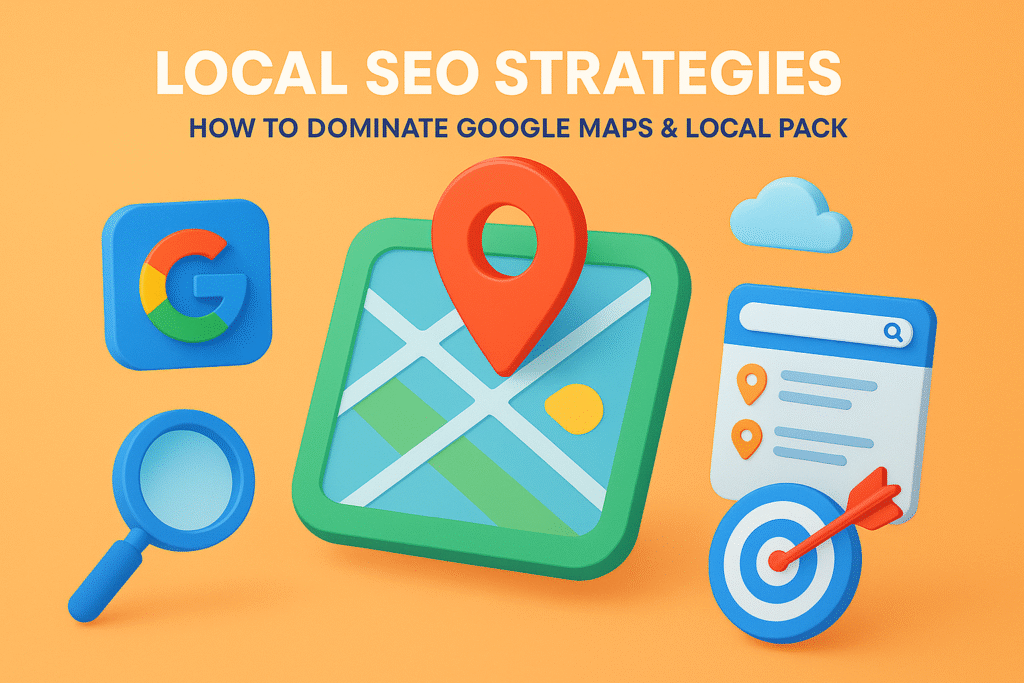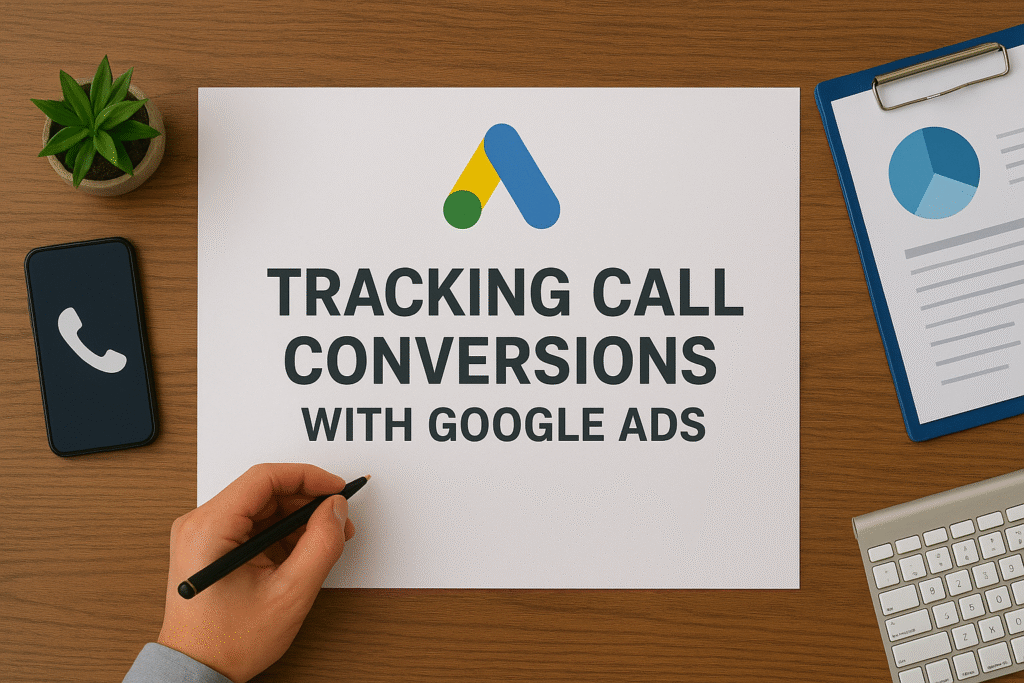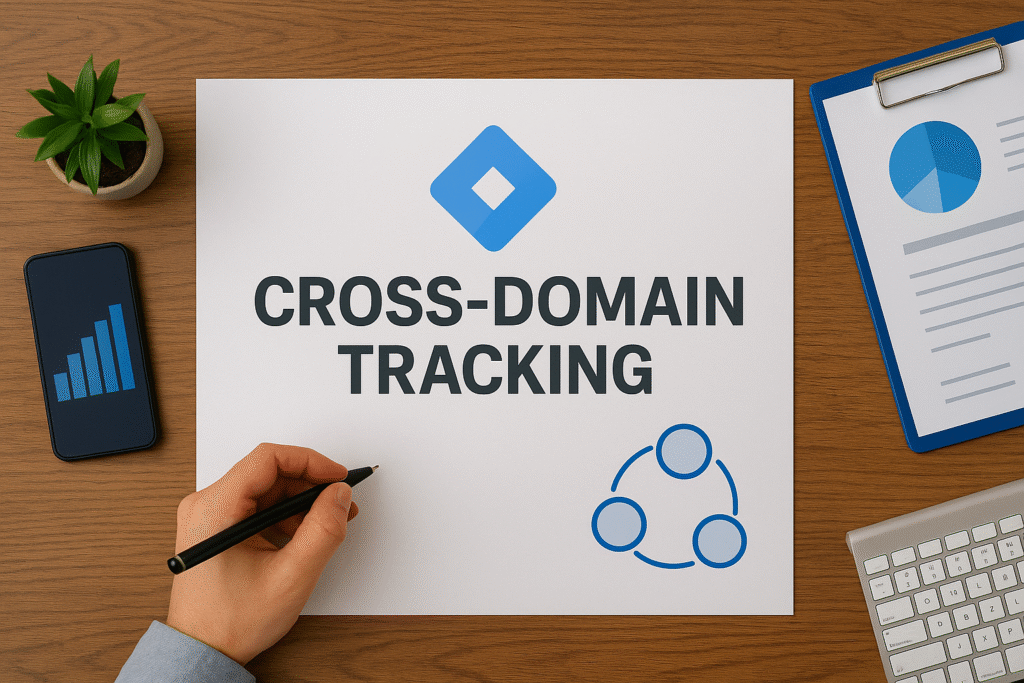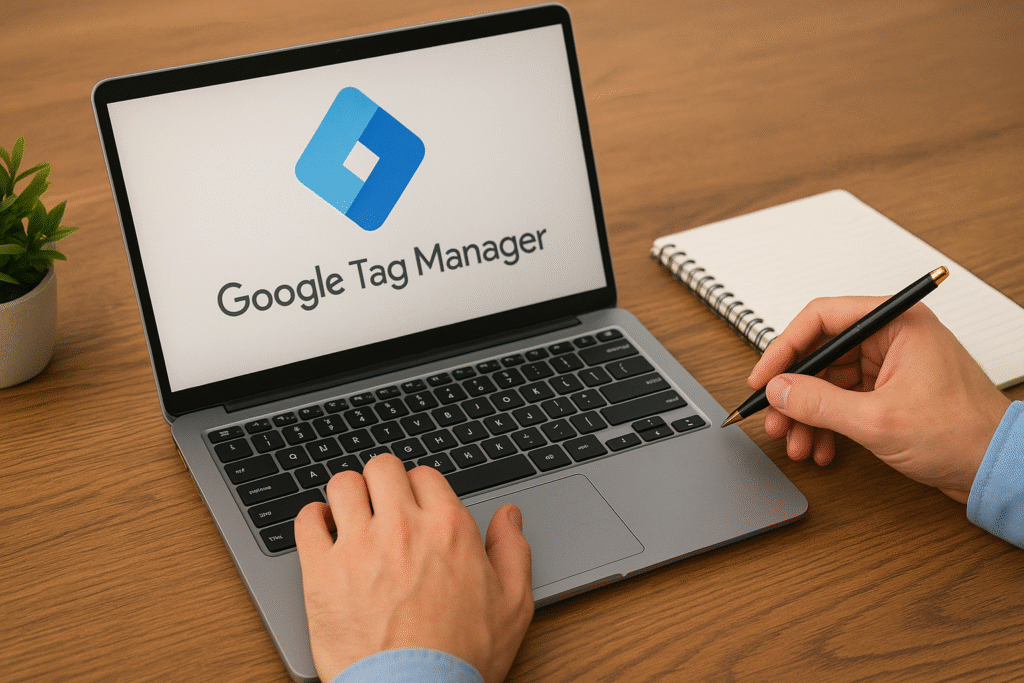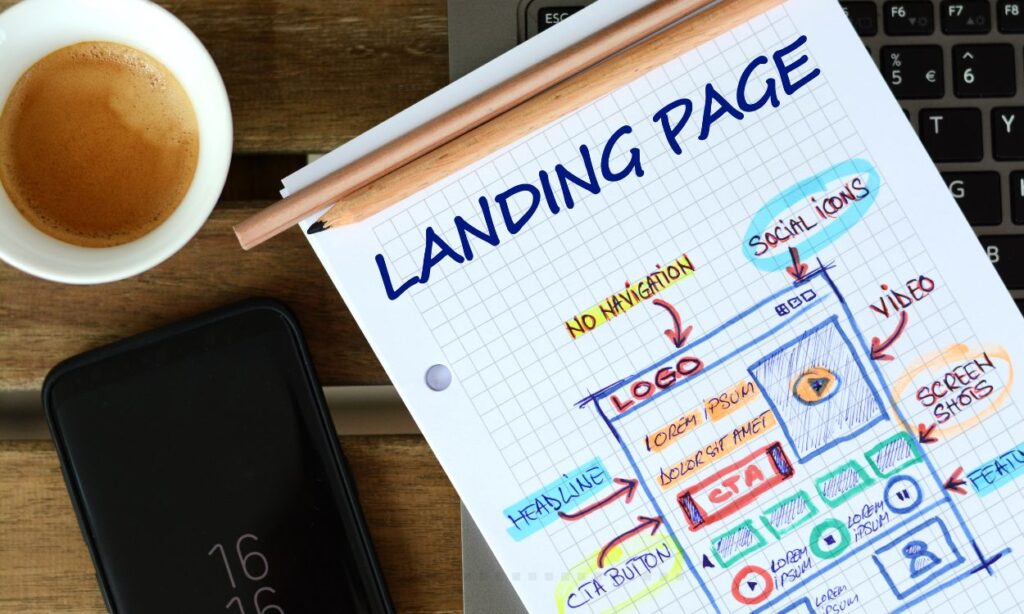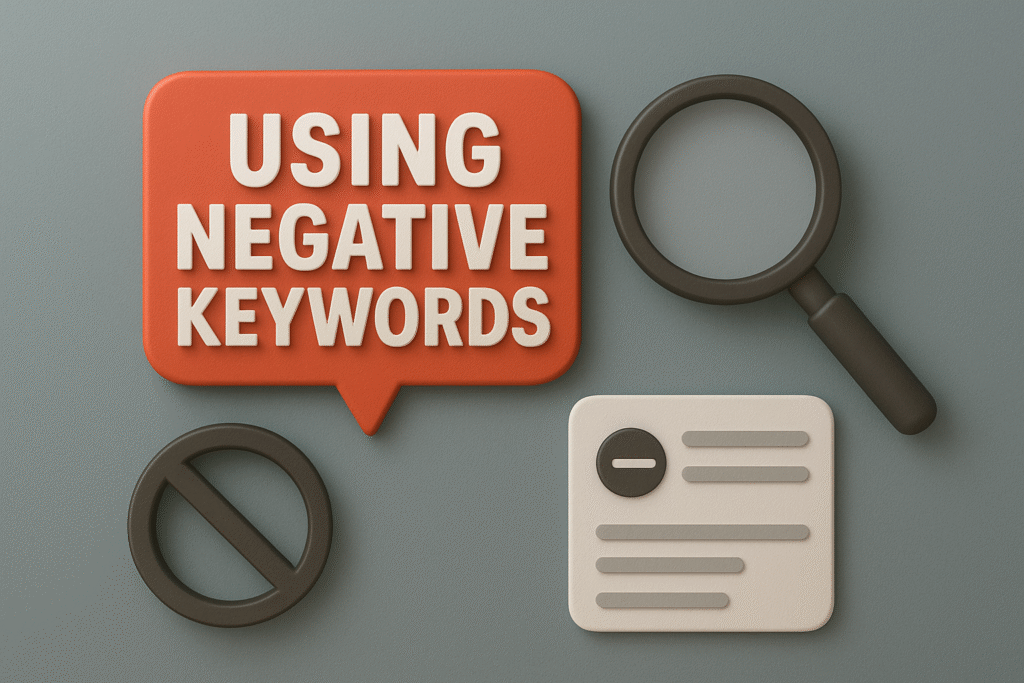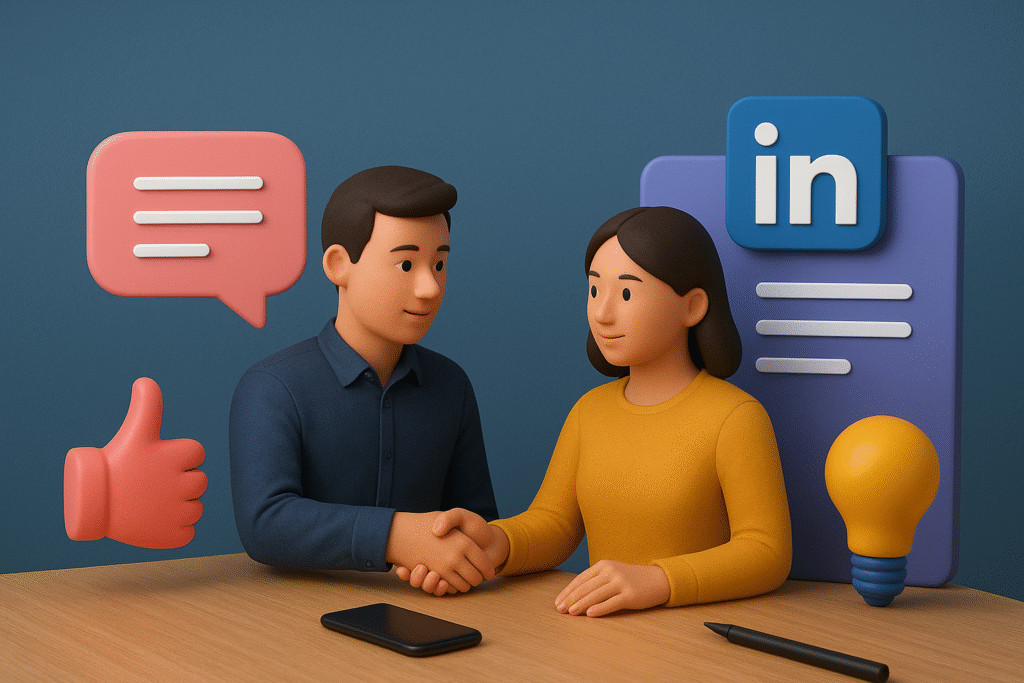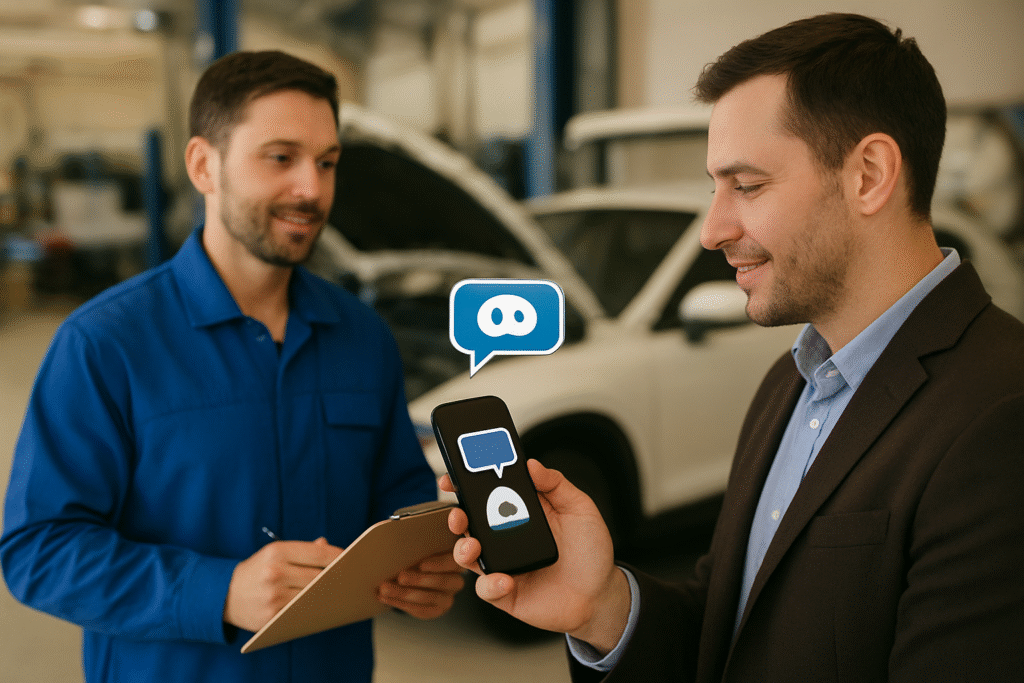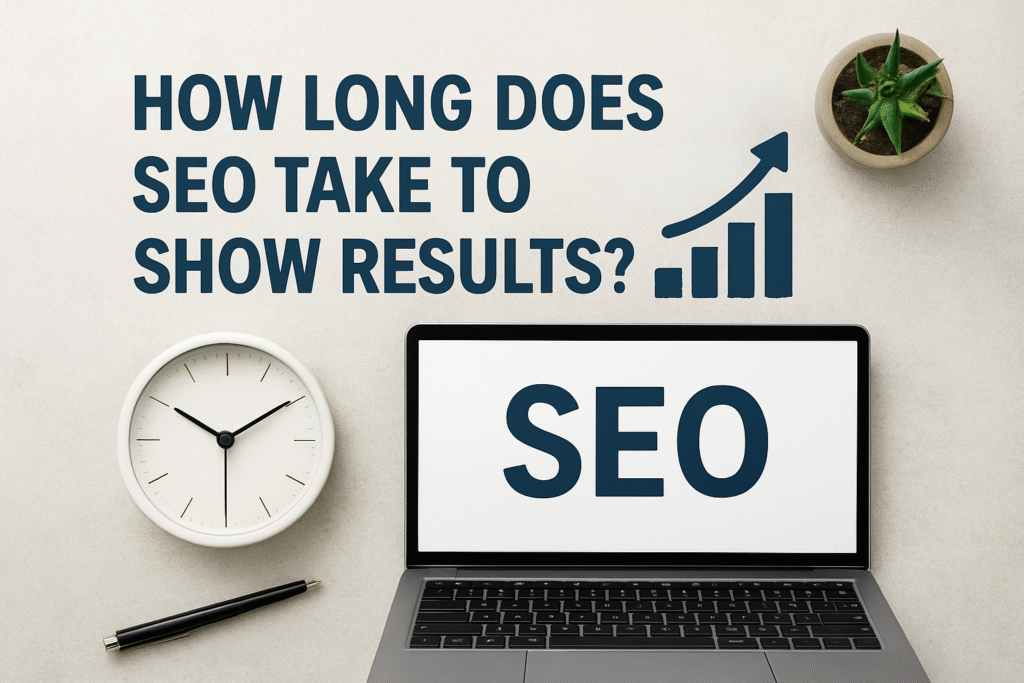Here’s What You’ll Learn in This Article
Discover the secrets behind designing social media graphics that drive engagement and conversions. This article covers design principles, visual psychology, platform optimization, and actionable tips to help you create scroll-stopping visuals that actually convert.
Introduction
In the ever-competitive landscape of digital marketing, visuals are the most powerful storytelling tool. You can have the best copy or the most clever call-to-action, but without compelling visuals, your social media campaign won’t stand out. Knowing how to design effective social media graphics that convert is the difference between an ad that scrolls past unnoticed and one that drives real engagement and clicks.
“Stat: Posts with visuals generate 94% more views and 3x higher engagement than text-only posts.”
Source: HubSpot Marketing Statistics
In this guide, we’ll explore the design principles, psychological triggers, and tools that turn your social media graphics into conversion-focused assets — not just pretty pictures.
Why Visuals Drive Conversions
Before diving into design specifics, it’s important to understand why visuals have such a significant impact on conversion.
The human brain processes images 60,000 times faster than text. Visuals instantly capture attention, convey emotions, and make brands memorable. In marketing terms, this means a well-designed graphic can influence perception, build trust, and inspire action — all within seconds.
“Pro Tip: Visual consistency across campaigns can increase brand recognition by 80%.”
Source: Lucidpress Brand Consistency Report
Every pixel in a visual communicates something about your brand, whether you intend it or not.
Step 1: Define the Objective Before Designing
One of the most common mistakes designers make is jumping into Canva or Photoshop without a clear strategy. Before designing, determine the goal of your graphic.
Ask:
- Is this visual meant to attract attention, drive traffic, or increase sales?
- What action do you want the viewer to take — click, share, sign up, or buy?
The answer determines the layout, typography, color, and call-to-action placement.
“Stat: Campaigns designed with a defined conversion goal perform 42% better on average.”
Source: MarketingSherpa Conversion Benchmark Report
Every design element should serve a measurable purpose.
Step 2: Choose the Right Platform Dimensions
Each social media platform has unique image specifications, and using the wrong size can distort visuals or hide key information.
Recommended Dimensions (2025 Updated):
- Facebook Ads: 1200 x 628 px
- Instagram Feed: 1080 x 1080 px
- Instagram Stories / Reels: 1080 x 1920 px
- LinkedIn Posts: 1200 x 627 px
- X (Twitter): 1600 x 900 px
- Pinterest Pins: 1000 x 1500 px
Use design tools like Canva, Adobe Express, or VistaCreate which offer preset templates for these formats.
“Pro Tip: Always design with mobile-first users in mind — over 83% of social media browsing happens on mobile devices.”
Source: DataReportal Global Overview 2025
Optimizing for correct dimensions ensures your CTAs and key visuals remain visible on all devices.
Step 3: Master the Art of Visual Hierarchy
Visual hierarchy is how you guide the viewer’s eyes through your design. When designing social media graphics that convert, hierarchy determines what gets noticed first.
Key hierarchy rules:
- Use size contrast for main text or offer highlights.
- Apply color contrast to make buttons or CTAs pop.
- Balance elements using the rule of thirds.
- Keep whitespace around key elements to enhance focus.
“Stat: Graphics following strong visual hierarchy principles improve message comprehension by 38%.”
Source: Nielsen Norman Group
A well-structured design naturally leads users from attention → interest → action.
Step 4: Use the Right Fonts and Colors
Typography and color psychology are critical in determining how people feel about your brand and message.
Typography Tips:
- Use no more than two fonts per design.
- Prioritize readability over style.
- Keep main text above 16pt for mobile clarity.
Color Psychology:
- Red: Urgency, excitement, passion.
- Blue: Trust, calm, professionalism.
- Green: Growth, health, balance.
- Yellow: Optimism, attention-grabbing.
“Pro Tip: Consistent color palettes can increase brand recall by up to 40%.”
Source: Canva Design Psychology Guide
Stick to your brand’s primary color scheme but use accent tones strategically to highlight CTAs or discounts.
Step 5: Incorporate Data and Emotional Triggers
The best-performing graphics combine logic and emotion. Emotional triggers create connection, while data builds credibility.
Examples:
- “Over 1,000 happy clients transformed their skin this year.”
- “Save 25% today — offer ends midnight.”
- “98% of users reported visible results after 2 sessions.”
“Stat: Posts using emotional storytelling generate 2x more conversions than those using neutral messaging.”
Source: Contently Research
Combine emotional copywriting with minimalist design for maximum resonance.
Step 6: Add Compelling CTAs
A social media graphic without a clear call-to-action (CTA) is like a billboard without an address. Always tell your audience exactly what to do next.
Examples:
- “Book Now” for services
- “Shop the Sale” for eCommerce
- “Learn More” for blog promotions
- “Claim Your Offer” for lead magnets
“Pro Tip: Placing CTAs in the lower-right or central area improves click-through rates by 23%.”
Source: Crazy Egg Eye-Tracking Study
Make your CTA visually distinct with color contrast and readable text.
Step 7: Optimize File Formats and Loading Speeds
Even a well-designed image won’t perform if it takes too long to load.
- Export static graphics as JPEG for smaller file sizes.
- Use PNG for transparent or high-detail visuals.
- Compress files using TinyPNG or ImageOptim.
- For animated posts, keep GIFs under 3 MB or use MP4 for smoother playback.
“Stat: A 1-second delay in image load can reduce conversion rates by 7%.”
Source: Akamai Web Performance Report
Speed optimization ensures smooth user experience across devices and ad placements.
Step 8: Maintain Brand Consistency
Consistency in your design elements builds familiarity and trust. A user scrolling through their feed should instantly recognize your post without seeing your logo.
Maintain uniformity in:
- Color palette
- Font pairing
- Iconography style
- Logo placement
“Pro Tip: Brands maintaining design consistency across social channels earn 23% higher revenue.”
Source: Forbes BrandVoice Study
Use style guides or design systems like Frontify or Brandfolder to keep all creatives aligned.
Step 9: Test and Analyze Performance
Great design is iterative. Regularly test your visuals to see what converts best.
A/B Test Variables:
- CTA color and copy
- Image composition
- Font weight and size
- Use of faces vs. product visuals
Track engagement metrics using Meta Ads Manager, Google Analytics 4, and Hootsuite Analytics.
“Stat: Businesses that A/B test their visuals monthly see 27% higher conversion growth.”
Source: Optimizely Marketing Performance Report
Testing identifies what emotionally and visually resonates most with your audience.
Step 10: Keep Up with Platform Trends
Social media platforms evolve rapidly. What works today might not perform next quarter. Keep adapting your design strategy based on emerging trends.
Current 2025 trends include:
- Short-form motion graphics for Reels and TikTok.
- Minimalist layouts with bold typography.
- Data-driven infographics for LinkedIn and X (Twitter).
- Interactive carousel posts for higher engagement.
“Pro Tip: Refreshing your visual templates quarterly can improve campaign ROI by up to 31%.”
Source: Social Media Examiner Report
Stay flexible but rooted in your brand’s visual DNA.
Case Study
A lifestyle e-commerce brand redesigned its social media ads following the principles of how to design effective social media graphics that convert. They simplified their color palette, improved CTA placement, and optimized for mobile-first viewers.
Within two months:
- Conversion rates increased by 46%.
- Click-through rates rose 31%.
- Cost per acquisition dropped by 22%.
“Pro Tip: Simplified design often outperforms complex visuals — clarity converts faster than creativity.”
Source: Adobe Creative Trends 2025
This example proves that design rooted in user intent delivers measurable business outcomes.
Common Mistakes to Avoid
Even professional marketers fall into these pitfalls:
- Overcrowding designs with text or icons.
- Using inconsistent color tones or filters.
- Ignoring accessibility (contrast ratios, legible fonts).
- Copying trends blindly without brand alignment.
- Forgetting to test performance before scaling.
“Stat: 61% of failed social ad campaigns cite poor creative quality as the main reason.”
Source: WordStream Ad Creative Report
Avoid these errors to keep your visuals clean, strategic, and conversion-focused.
Final Thoughts
Learning how to design effective social media graphics that convert isn’t just about aesthetics — it’s about aligning visual creativity with business strategy. Each design should tell a story, guide attention, and inspire action.
When your visuals are intentional, on-brand, and performance-optimized, every post becomes a conversion opportunity.
If you’re ready to create high-impact graphics that align with your marketing goals, explore our Social Media Design & Conversion Optimization Services.
Frequently Asked Questions (FAQs)
1. What makes a social media graphic effective?
An effective graphic combines visual hierarchy, emotional appeal, and a clear call-to-action that aligns with your campaign goal.
2. Which tools are best for designing high-converting social media graphics?
Canva, Adobe Express, and Figma are top tools for creating and testing social media visuals efficiently.
3. How often should I update my visual templates?
Review and refresh templates every three to six months to stay aligned with current design trends.
4. Does color choice impact conversion rates?
Yes. Colors influence perception and decision-making; for instance, red can create urgency, while blue builds trust.
5. What file formats are best for social platforms?
JPEG for static images, PNG for transparent backgrounds, and MP4 for animated or motion content.
6. How can I test which graphics convert better?
Use A/B testing through Meta Ads Manager or Google Ads and compare metrics like CTR, engagement rate, and cost per result.
Also Read:
-
PPC Landing Page Ideas for San Francisco Startups
-
SOPs for Optimizing Existing Content in 2025
-
10 Best Marketing Automation Tools for Businesses in 2025
-
Automation of SMS + Email Workflows for Miami Restaurants During Tourist Season
-
Automating Title & Meta Description Generation: How I Do It Step-by-Step

